In today’s postbag, a pair of the new NanoPi K1 PLUS boards from FriendlyARM. These powerful H5-based boards look interesting and in this case came complete with heatsinks, Pi-size transparent case and handy FTDIs for programming.
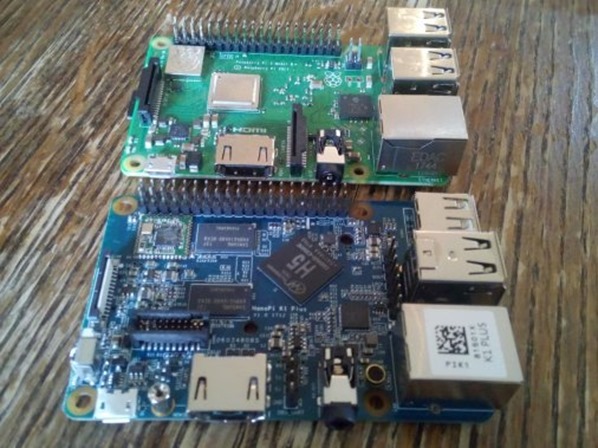 First things first, the board is the same size as a Raspberry Pi, comparing to a Pi 3B+, the FA board has 3 USB2 connectors whereas the 3B+ has 4 USB connectors. There are functional differences but layout-wise, cases should not be a problem (FA do their own, included in my package).
First things first, the board is the same size as a Raspberry Pi, comparing to a Pi 3B+, the FA board has 3 USB2 connectors whereas the 3B+ has 4 USB connectors. There are functional differences but layout-wise, cases should not be a problem (FA do their own, included in my package).
T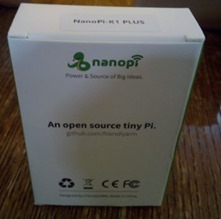 he K1 PLUS can run 64-bit or 32 bit operating systems, based as it is on the Allwinner 64-bit quad-core Cortex A53 H5 SoC. The board also has a Mali-450 GPU.
he K1 PLUS can run 64-bit or 32 bit operating systems, based as it is on the Allwinner 64-bit quad-core Cortex A53 H5 SoC. The board also has a Mali-450 GPU.
Are you ready, it also has 2GB RAM (there should be more like this), on-board WIFI with internal antenna, Gigabit Ethernet, IR remote, 3.5mm audio jack and supports an external eMMC module.
There is of course more but this is covered adequately on the FA WIKI. Apparently both Ubuntu and Armbian are ready to go. As usual, images are available for download.
You will need a 5v 2a supply. Power comes in via microUSB. Below, the cases and boxing. I noted also, a microphone built onto the board.
Quality FTDI supplied.
And here it is, all boxed up and looking spiffy, ready to be programmed…
AND.. it looks like many months of hammering home the message of making life easy for users has paid off. Ubuntu Core 16.05 straight into Flash, no problem,no screen, no keyboard. I went in on my PC using Wn32DiskImager to create the image from their downloadable 600MB Xenial zip file, no size adjusting.
I simply logged in with WinSCP as user pi, password pi. Used is 13% of 15GB. RAM 2% of 1999Mb (should be capitalised, make a note, FA). Shows the IP address and system load, what better start could you want. “The script” loaded and everything worked a treat. Initially I could get no audio but I contacted FA and then realised my normal 3.5mm stereo jack plug was no good – I’d need a plug which handles video and these are slightly different. Not a brilliant design decision but there you go.
sudo npi-config suggests apparently no device (for hdmi) but FA informed me about select_audio.sh. I checked and my script had installed amixer too. Better if they fix npi-config but all working.
However, I have to say that I am very frustrated with this board. When messing around I heard something coming out of the audio but even with an RCA type connector which handles video and ordinary stereo, I cannot get audio out and worse, I2c channel 1 is supposedly ON, but when connecting an SSD1306 board, even with pullups, the I2c test says nothing is there. Life is too short for this… I need working audio and i2c without this hassle.


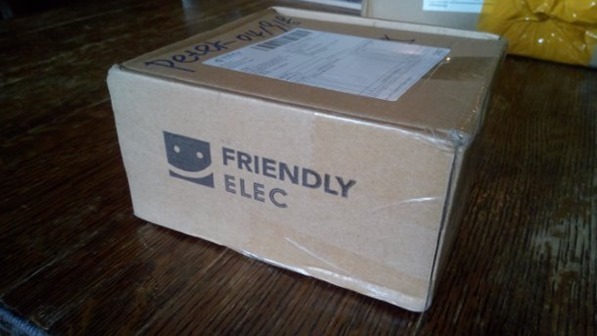

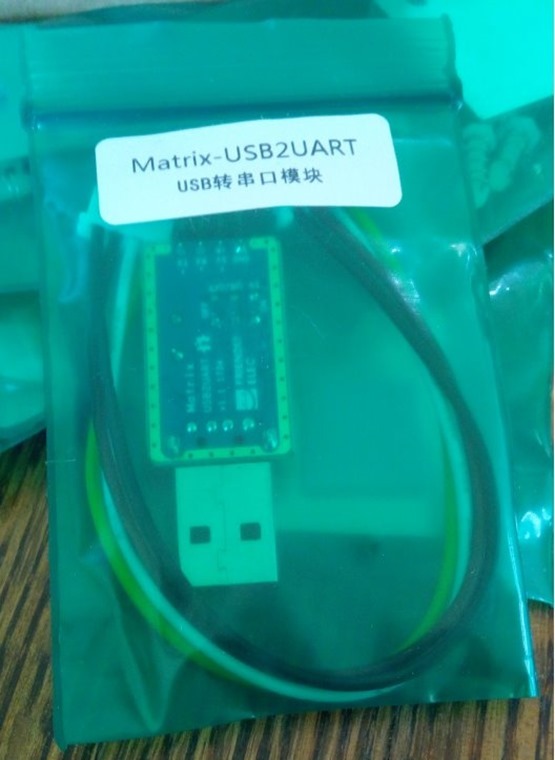
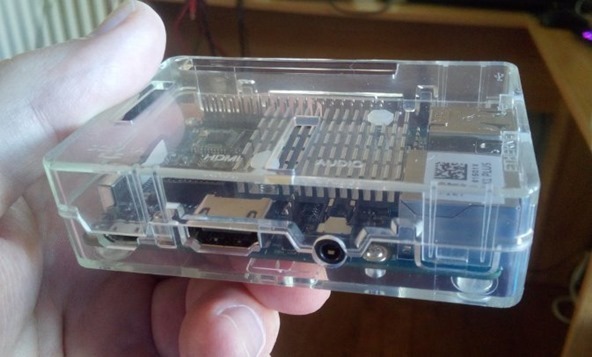
Can someone point me step by step how to install image on emmc? On their wiki it is copy/paste from various boards and it is misleading from the start.
I solved this issue during the holidays. The problem was the operating system on the PC. Phoenix Card works correctly only under win7 🙁 Now NanoPi runs with that android 7.1, and yes I use it as a tv box with Kodi, but without Playstore.
Hi, Folks, does anyone have experience with this SBC and Android? I tried exactly what described on the FRYArm page: Low level format V4.40 – take SD out – FAT32 format – take SD out – PhoenixCard v3.10 (no titles on buttons). No progress bar, an empty error “message” comes after 4-5 secs with an OK button. I watched several YTube videos, really no idea! Is it any other SW instead of Phoenix Card? Thank you in advance!
I got it working with Android 7 using Phoenix (why? usually we get Android running using Win32DiskImager) – wow – what a step forward – except- no Playstore – so until that is resolved… useless so I’ve emailed FA about this – I’ll leave a note in here when I get an answer.
i’ll stay on my position: buying development SBC to put android on them is a waste of money… a proper android box is cheaper, has it’s own PSU and remote and it’s perfectly boxed and neat 🙂
Antonio – that comment only possibly applies to Android boxes – as I’ve discovered, Android TV boxes (operating system Android TV) are rubbish. I have A MI Android TV box with superb hardware, rendered useless by Android TV which has a crippled Playstore and no sideloading ability.
Right now my T4 has a couple of silly issues – occasionally forgetting where to send the sound – and settings – display doesn’t work so any overscan has to be sorted in ADB but other than that it is making a wonderful TV box – handling a vpn client no problem unlike the ROKU box which for reasons well beyond me can’t directly handle a VPN. The K1+ should be able to do the same if FA fix the missing Playstore – I have emailed them. The T4 has the latest Android whereas most FA boards (and others too) have ancient Android versions.
don’t know if it works, but it’s worth a try… try download both play store and play services from apk mirror and sideload them…
https://www.cnet.com/how-to/how-to-download-and-install-the-google-play-store-on-any-android-device/
more details here: http://en.miui.com/thread-257142-1-1.html
i see various “full playstore on android tv” guides, which involves some alternative stores/apk to be installed to achieve this in the end… look on youtube and sort by more recent ones…
on my tv boxes (based on usual s905 chipset) if downloaded alternative firmwares and they’re way better than the original, i’ve found them on xda forums
Hi, that sounds good. Could you please link the sources from where I can download them? I mean a working P.Card and the droid image. Did you used the official FRYArm image from Googledocs? I tried this one: nanopi-k1-plus_android7.0_20180810.img
nope – tried that. got a dead playstore, dead browser.
Okay, then which image file did you used?
The Android 7.1 image for the K1+ on the FA wiki.
Hi, actually I see only Android 7.0 image on the Wiki site and (as it was before) I could not install it on a microSD. Neither with Phoenix nor with Win32DiskImager. What could be the problem?
Mine just arrived after about 3 weeks and $38 to USA. The packaging is pretty banged up. Waiting for sd card. Let’s see how it works out
Sorry to hear that, my packaging was just fine.
Can’t believe I am asking this. Was there a trick to mounting the heat sink pins? NO matter how hard I try to insert the pin in the metal heat sink hole, it just does not go in.
They’re not the easiest thing to mount but then I currently have a sllghtly naff hand so anything like that is difficult for me. Generally they should be ok.
Just been checking, this is cheaper than the Raspberry Pi 3 B+
Could be interesting to see some prices. For me price should be the first specs mentioned. If it is 100$ for a Pi like board I really don’t care about the number of USB connectors.
From FriendlyElec 35 dollars to wherever you are plus post. I generally avoid prices as both price and post vary depending where you get stuff from and to.
The Raspberry Pi 3B+ is in the UK 32 pounds (43 dollars) + post.
Similarly, RPI3 B+ from Adafruit in the USA 35 dollars + post and they are made (sometimes) in the UK. Why do Brits always get ripped by their own people, I wonder.
VAT. $35 + 20% = $42.
Peter, you might try arrow.com – just got Rpi 3B+ for 35$ FREE shipping to doors in a middle of nowhere (Norway). No import tax as well. Running your script on it 😉
Excellent!
I am currently using the Nano PC T3 Plus boards for a commercial project running Android 5.1 and the 4.3″ LCD. The FriendlyArm boards are good but support is a little lacking but in saying that and with a few hours at the keyboard I have I managed to create a custom Android build from source so I was able to make a system to my needs with all the defaults at boot up. I also added GSM modem support so I have a fully mobile device that run be programmed with Android Studio.
I am also looking for a suitable board to run Linux and MQTT for a server for this commercial module and the above module you review might just fit the bill. That 2GB of RAM may just also allow me to run a simple SCADA system on the main board.
as said, my main sbc is now the rock64 one, with 2gb ram (there’s a 4gb version, too), and 32gb eMMc… very fast, with gigabit, too
Pete, great to see you back at it.
I’m very interested in a follow up post once you have spun these boards up and put them through ‘the script’ paces.
The RAM is nice, as is real gigabit ethernet.
When are we going to see a real power connector rather than micro USB? The boards need more and more power, and I just dont think micro usb is the right tool for the job??
rock64 sbc has real barrel connector, even though not the standard 5.5×2.1mm
odroid’s various sbc, too
My only problem with the other connectors is.. various diameters.
both have their own psu with 3A or 4A, and anyway i’ve bought a couple of these adapters for emergencies:
https://it.aliexpress.com/item/DC-Power-Spina-Maschio-Jack-Connettore-5-5-2-1-Femminile-Al-3-5-1-35mm/32855238179.html